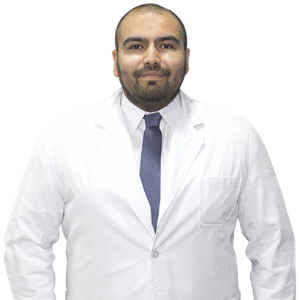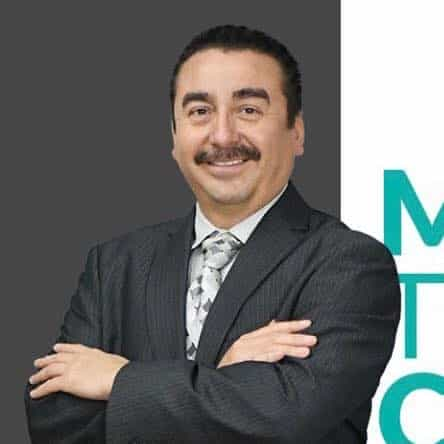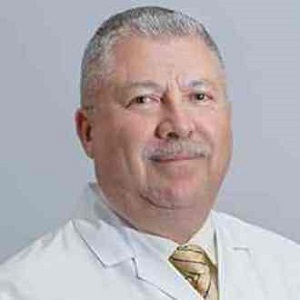Cross-Border Medical Tourism
Cross-border medical tourism has become increasingly popular within the United States in the past few years. The trend for regional travel for elective surgeries and procedures has shown a definite increase in not only the Americas, but in Western Europe, Australia and throughout Asia. As a matter of fact, over 500,000 Americans travel out of the country every year, not only to Mexico and South America, but also to various destinations in order to procure affordable, quality health care for critical care and medical procedures as well.
What is Cross-Border medical tourism?
Cross-border medical tourism is a term that defines crossing another country's borders to obtain medical treatment. In various regions throughout the world, growing numbers of natives are not only packing their bags for a vacation, but also to undergo medical procedures at the same time. The fact that such medical services in other countries can cost 10 to 90% less than it does in the United States is a mitigating factor for this influx of medical tourists.
Medical practitioners and associations within the United States are perfectly aware of this growing trend. Indeed, many health carriers and insurance companies are now offering out of country procedure coverage.
Everything from cosmetic surgery to dental needs, to hip replacement surgeries are available in countries like Mexico, Argentina, India, Malaysia, Hungary and Thailand. Many of the facilities found in those countries are regulated and accredited by medical Association accrediting boards in the United States.
Why Is It Happening?
The rising cost of health care, insurance, and demand has forced many natives to seek help across borders. As such, more and more Americans are traveling to Mexico, Brazil, Argentina and Costa Rica for cosmetic and dental procedures. Natives from Australia and New Zealand travel to Singapore and Thailand to save on orthopedic and dental procedures as well. Even Western Europeans from England, France and Germany are traveling to Hungary and Poland for premium vision and dental care procedures, as well as the most common elective surgical procedures like cosmetic and plastic surgery.
Why this growing trend in cross-border medical travel? Most often, it's finances.
The attraction of saving money is what propels most medical travelers to cross borders or travel across the ocean when seeking treatments. For example:
- One quarter of uninsured citizens will travel abroad for medical care if savings of $1,000 to $2,500 can be realized. Medical tourists tends to travel regionally to seek such savings.
- Nearly 40% of uninsured citizens will travel abroad for care if those savings amounted to $10,000 or more. Medical Tourists will travel beyond regional boundaries for best healthcare options and prices.
Wouldn't you want Medical tourism abroad?
International Medical Facilities and Standards
State-of-the-art facilities, high standards in training and expertise, as well as Board certification from United States providers sets many at ease. Some of the most popular destinations for medical tourism surgical procedures include Mexico, Thailand, Singapore and India.
Medical technology as well as quality and standards of care in most countries around the world are on a level with those expected and demanded within the United States. The International Division of the Joint Commission, which accredits hospitals and facilities within the United States, also accredits facilities internationally. Many physicians who practice in European and Asian hospitals and medical centers have been trained and board-certified within the United States.
Comparison Shopping
The cost of procedures around the world drastically differs. For example, bypass surgery in the United States can cost up to $35,000. The same procedure provided in India costs $6,000.
Transplant procedures in the United States and Britain can cost up to $200,000.
Types of Procedures Available
Mexico is a popular destination for cosmetic surgeries and dental care as well as lower pharmaceuticals costs. Uninsured Americans, as well as those who are willing to pay in cash find it hard to turn away from deals with our southern neighbor. Many United States-based hospital corporations own medical hospitals not only in Mexico City, but along the United States border, as well in South American destinations such as Panama, Costa Rica and Argentina.
Cosmetic surgery as well as plastic surgery is a reason why many Americans travel regionally to Argentina, Brazil, and Columbia. As a matter of fact, Argentina and Brazil are known for advanced treatments in these areas.
One of the most popular procedures that draws Americans to other countries, especially India and Thailand, are orthopedic procedures such as partial hip and knee replacement surgical treatments. Hospitals in Asian countries generally charge half the price of the same surgical procedures in the United States and many countries in Europe. Orthopedic surgery clinics in the world providing top notch treatments.
Cardiac surgeries such as heart valve replacement and bypass procedures cost Americans well over $200,000. It is not difficult to wonder why a cardiac patient would be interested in traveling to India or Singapore, where the same procedure costs about $10,000.
Critical Impact of cross border healthcare tourism
The growing trend in global healthcare is certain to bring about changes within the American healthcare system, but Americans are not holding their breath in the hope for a rapid change. It will take years to revamp the medical coverage and health insurance system in the United States, as well as tackling current malpractice insurance necessities.
However, as long as the cost of medical care in the United States continues to rise, more people will be traveling internationally to receive quality health care.







.png)
.png)
.png)
.png)









